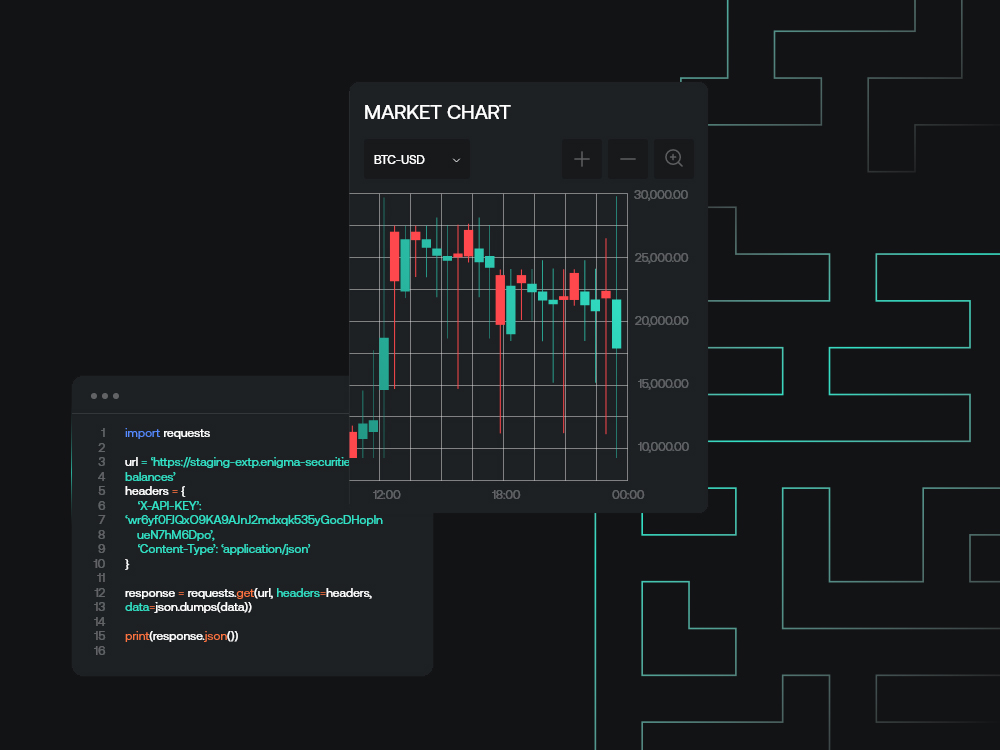-
Share on Facebook
-
Share on Twitter
-
Share on LinkedIn
-
Copy link
Copied to clipboard
Illiquidity & Opportunity Pt 1
Though FTX was not the largest exchange by volume, its collapse evaporated market liquidity and the full effects are yet to be determined. Exchange data shows the FTX collapse drove the volume impact on returns.

Though FTX was not the largest exchange by volume, its collapse evaporated market liquidity and the full effects are yet to be determined. Exchange data shows the FTX collapse drove the volume impact on returns. While assets with market caps lower than BTC and ETH were more sensitive to illiquidity, the impact was inconsistent across them. This data says nothing of OTC markets where many of the largest participants disappeared in the second half of the year. Whether on exchange or OTC, illiquid markets create inefficiency and opportunity.
Adapted for digital asset markets, the illiquidity ratio measures the one-day price change divided by volume over the same time, averaged over the trailing 30 days and scaled to $1M. As Amihud noted in his 2002 paper on illiquidity and stock returns, microstructure liquidity is measured by the bid-ask spread, while the illiquidity ratio generalizes liquidity as the price impact per unit of volume.
The Messari Real Volume and price data provide a macro view of digital asset liquidity across verified exchanges. The data cannot be applied to OTC markets, where bid-ask spreads can vary from exchanges for long periods of time. This year wiped out 3AC, Celsius, Alameda, and many other large OTC participants. Until others step in to fill their space, OTC illiquidity will continue to diverge from public exchanges.

A first glance at the adapted illiquidity ratio demonstrates illiquidity impacts affected lower market cap assets, like SOL, more than BTC and ETH. As sellers drove the market cap off a cliff after FTX, daily returns became more sensitive to volume. SOL has never been more illiquid without its largest exchange, yet it remains among the top 20 assets by market cap with a captive and active developer community. As illiquidity effects subside, fundamental catalysts like new projects and development will present opportunities among long-tail assets that suffered the most from this year’s liquidity shocks.



